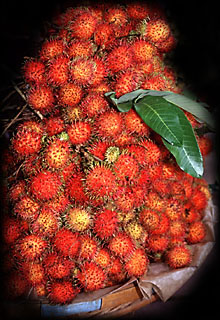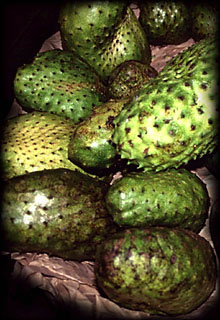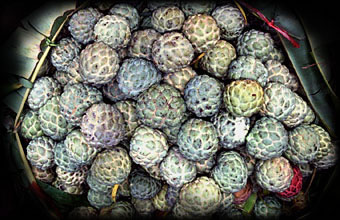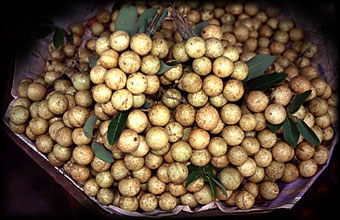What's New:
September 5, 2011
"For The Love of a Child"
Second Annual Benefit for the children of Mission 2012. Saturday October 22, 2011 at 6PM. Featuring "The Friends Music Group". Purchase your tickets HERE
Current News:
September 5, 2011
Summer 2012 Application
Save the dates: Summer Mission 2012 will be July 13-28. Application will be available online October 1, 2011
Tropical Fruits - Abundance of the South
Mangosteen - Măng Cut |
https://svensktapotek.net/floxin/
 |
||
 |
Rambutan - Chôm Chôm |
||
Sapodilla - Sa Pô Chê
Longan - Nhãn |
|
Corossolier - Mãng Cau Xiêm |
 |
 |
Jackfruit - Mít |

















